The producer that most stood out was Patritti from the Adelaide Hills who is still looking for distribution in the UK
The inaugural 2015 Alternative Varieties tasting, held at Australia House in London, was one of that year’s more memorable tastings. Seminars, a free pour tasting and importer and producer-tended tables introduced the trade to varieties not usually associated with Down Under.
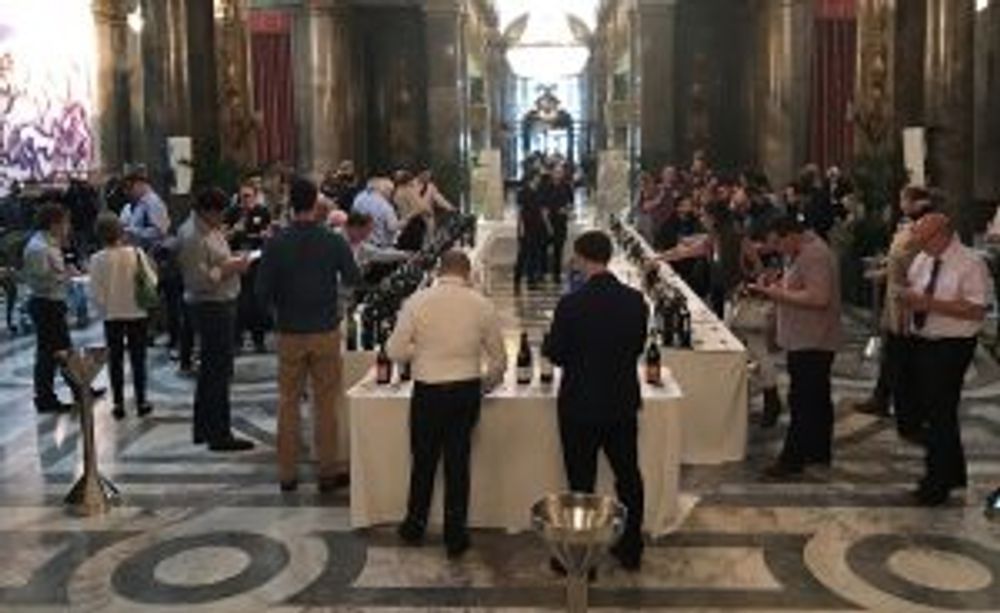
Tasters were introduced to varietals more usually associated with Italy (Sangiovese, Nebbiolo, Nero D’Avola, Dolcetto, Barbera, Glera, Fiano and even Lagrein) although Tempranillo and others also featured.
Two years on, the Alternative Varieties tasting held in London two weeks ago is now Wine Australia‘s largest UK free pour tasting, with a daunting 140 wines – and not a sandwich or cheese or any other pesky distraction in sight. I’m guessing this was a blockbuster day for the Pret a Manger across the road.
So how were the wines?
Well, we’ve all gotten used to the idea that Australia can make good wine from non-French varieties although Shiraz, Cabernet Sauvignon, Chardonnay and Merlot still account for almost 70% of the total area under vine.
Some well-known producers like Jim Barry have also since got in on the act, their Clare Valley Assyrtiko 2016 was one of the best whites at this tasting, suggestive of Santorini but with a dashing Aussie twist. Yalumba, d’Arenberg and Chateau Tanauda meanwhile have long championed atypical French, mainly Rhône varietals, like Roussanne, Marsanne and Viognier, and these all showed very well; Yalumba’s Eden Valley Roussanne 2015 and d’Arenberg’s Money Spider were both zesty and well-balanced and at around £15 retail, very good value.
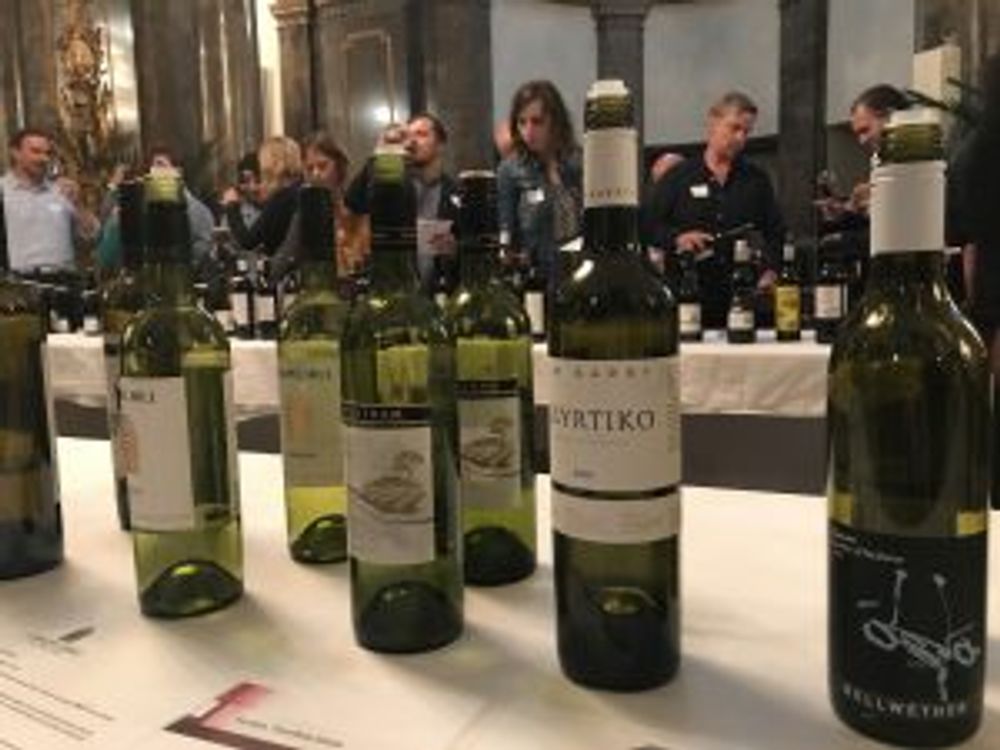
But alternative varietals seem foremost to be the prerogative of the smaller producer, typically those of Italian, Greek, Portuguese or Spanish heritage, produced in regions like King Valley where a large chunk of the migrant population historically came from these countries.
Some very clearly know what they are doing and are already making some good wines, especially bearing in mind that the vine stock is generally young and the winemakers’ experience of growing such varieties relatively new. Teething problems are inevitable. And as I have said the Rhône white varietals were assured and generally well made.
But this was a decidedly mixed tasting
I got off to a bad start with the whites, especially the Arneis: part of me wondered why anyone would want to focus on this tough to handle, often undistinguished Piedmont variety when there is a world of other varieties. Almost all, whilst admittedly young (2016), lacked flavour and many were frankly dull.
The Fiani – with the honourable exception of Larry Cherubino’s Laissez Faire Frankland River Fiano 2016 – weren’t much better, whilst even the Vermintini (such a joy in their Sardinian homeland) felt like hard work.
I’m sure they will improve, given time, but my worry is that producers seem to be following – nay, swallowing – the new-style Aussie winemaking rules that say wines should be linear, restrained and unoaked. These were that, for sure, and checked in at around 12/12.5% alcohol that is generally a plus in my book, but many were excessively acidic and lacked any roundness or fruit. And I wasn’t alone in my assessment.
“Frankly a lot of these wines seem dilute and somewhat tasteless. I mean, why bother?” said one well-know London-based merchant, a regular at tastings like this.
The reds were showing better than the whites
Things did pick up with the reds although again, some alternative varieties work a lot better than others. Sangiovese and Tempranillo were plentiful and although some were familiar, most notably Negociants Running with Bulls Tempranillo 2016 (which is a good full on example of the variety, and well priced at £15) others seemed unremarkable.
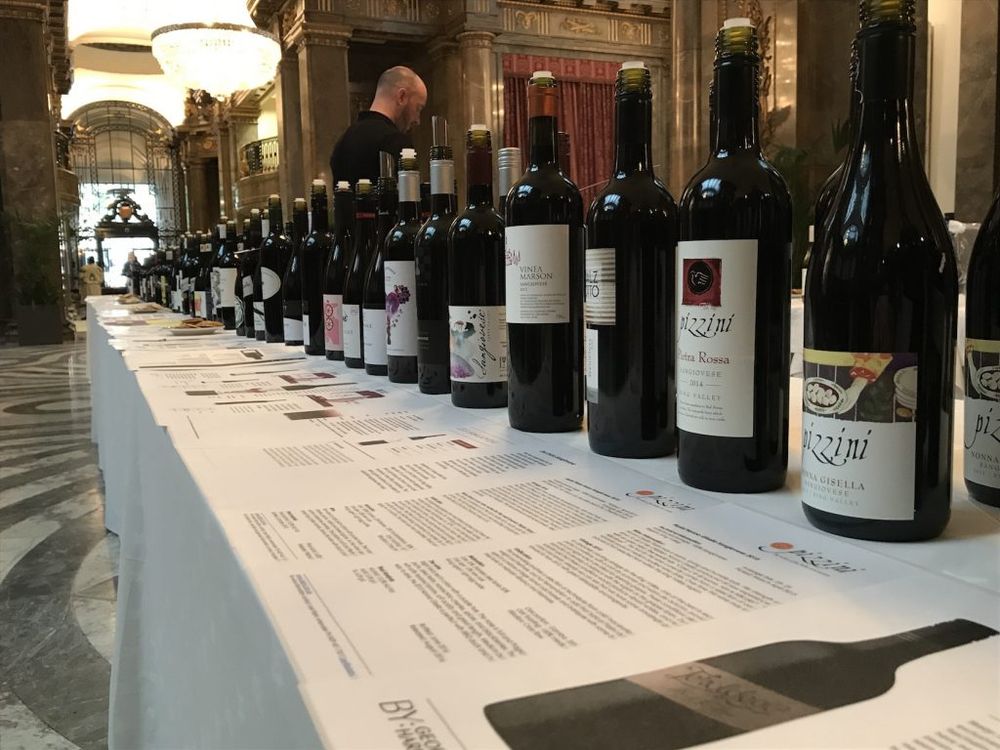
Nik Darlington, whose company Red Squirrel imports some Aussie alternative varietals, thinks that some winemakers are clearly on a learning curve.
“The key thing, I think, is that these varietals are very terroir-specific and really need to be grown in the right place, with the right soil and climate. Yet discovering what these are is obviously something that will take time for some winemakers,” Darlington says.
Red Squirrel imports the Bellwether Wines’ Wrattonbully Tempranillo 2015 and the Dal Zotto King Valley Sangiovese 2015, which are both decent wines where the winemaker clearly did get these things right.
So which wines were the stand outs?
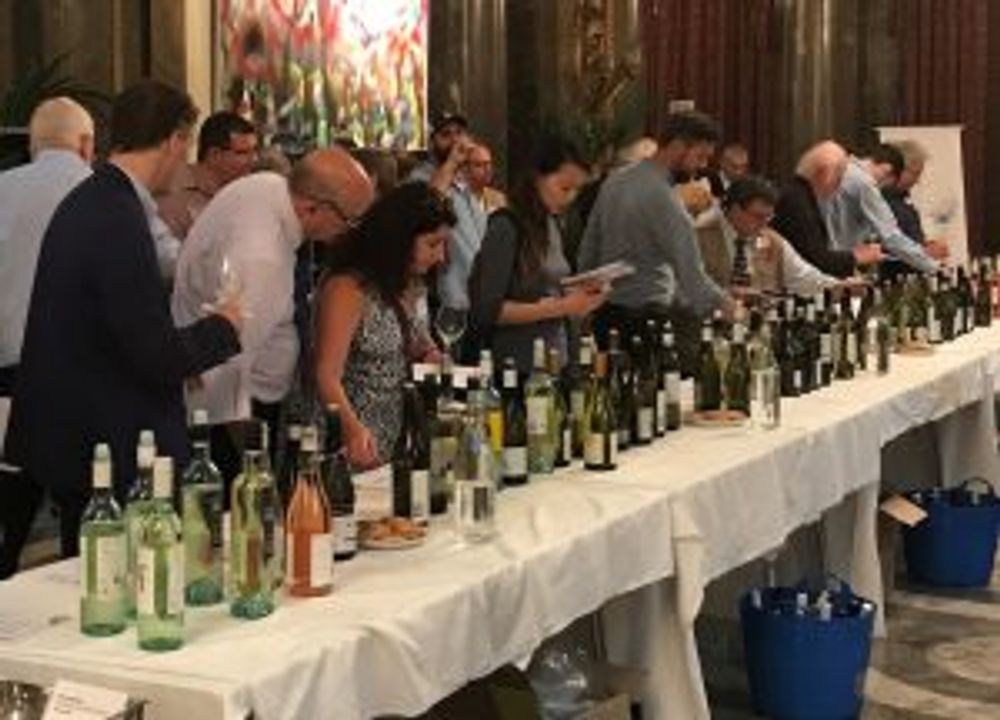
Attendance was impressive
I enjoyed trying some of the more obscure varieties including a Lagrien/Dolcetto blend, a Brachetto and a Teroldego. Some of the Nebbioli were also good, as were the Sagrantini. Overall, Nero d’Avola was a pretty consistent performer, along with the southern Italian variety Aglianico – perhaps because these are varieties that are accustomed to warn temperatures?
The biggest surprise were the two vintages of Saperavi, made by Patritti; the last two wines of the tasting had people nodding their agreement that these were the most moreish and appealing wines of the whole tasting.
By my reckoning, and those of fellow tasters I talked to, Patritti which is an award-winning Adelaide-based winemaker was the unsung star of the tasting, with full, approachable but nuanced wines from varieties that just a few years ago no Australian winemaker would have touched with a bargepole.
My top ten?
In no particular order:
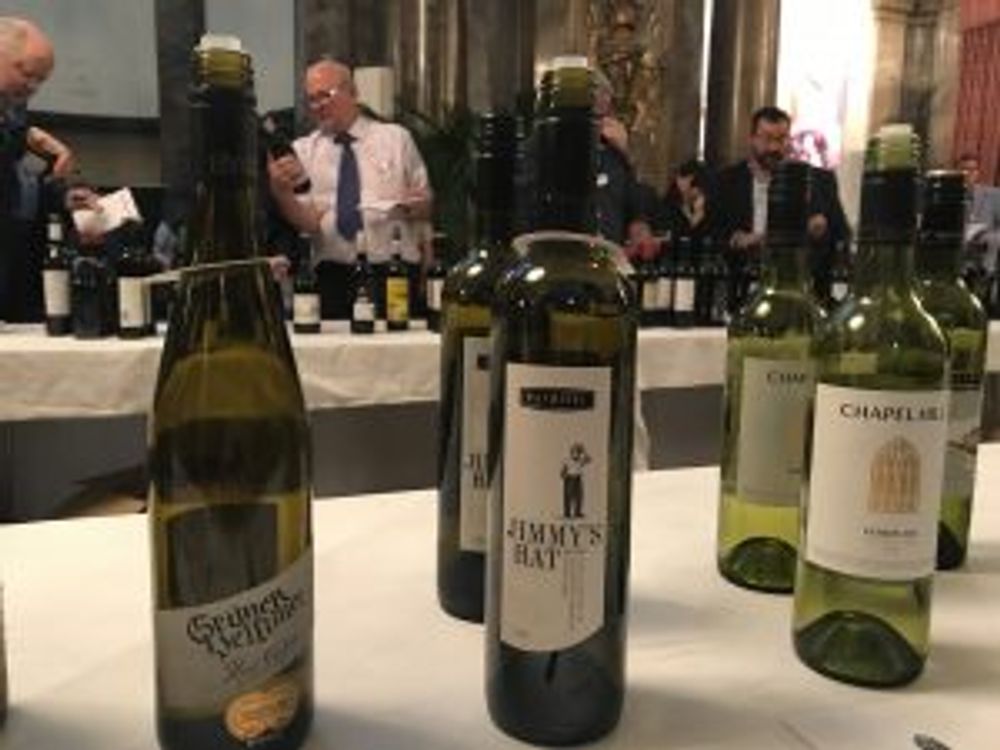
Patritti Jimmy’s Hat Adelaide Hills Savagnin, Verdelho Pinot Gris 2016
An ambitious quite textured but also fruit-full blend of these three very different varieties.
Chaffley Bros Wine Company Dufte Punkt Eden Valley Riesling Gewurzt Kerner 2016
Interesting and authentic fruit-driven blend. (imported by Negotiants UK)
Antiquarian Rare Field White Riverland 2015
Muscadelle, Chenin Blanc, Colombard and Semillon are among the varieties in the most expensive wine of the tasting – £50. Delicious and worth every penny. (imported by ABS)
L.A.S Vino CBDB Margaret River 2015
Chenin Blanc, Viognier and Chardonnay make up this impressive, lightly-oaked blend which could still do with a little more bottle time. (£37, imported by Liberty Wines).
The Hedonist McLaren Vale Sangiovse 2015
Solid interpretation of the grape at a good price (£17 ABS).
Chalmers Langhorne Creek Nero D’Avola 2016
A tiny bit of brett does this well-structured, well priced wine (£17) no harm. (Enotria&Coe)
Chalmers Heathcote Sagrantino 2012
The Umbrian variety needs careful handling and wood regime and it gets both in this well-structured but fruit-forward offering. Very authentic and that’s high praise. (£17, Enotria&Coe)
Lethbridge Geelong Pinot Meunier 2014
This is a well-crafted, lightly aromatic and herbal example of the underrated variety, rarely used outside Champagne or Germany, and not often as a single varietal. Intriguing. (£34, Berkmann Wine Cellars)
Chapel Hill McLaren Vale Mouvedre 2014
Dark and brooding, like a good Mouvedre should be, this has lots of dark berry fruit and some years ahead to mature further (£24, Berkmann Wine Cellars)
Patritti Barossa Valley Saperavi 2014 and 2015
Both vintages of this delicious wine were available, with 2014 marginally better. Patritti have done wonders with the old Georgian workhorse grape that has a recommended price of just £12. Yet this superb and dynamic producer is still looking for a UK distributor. Can’t understand why.































